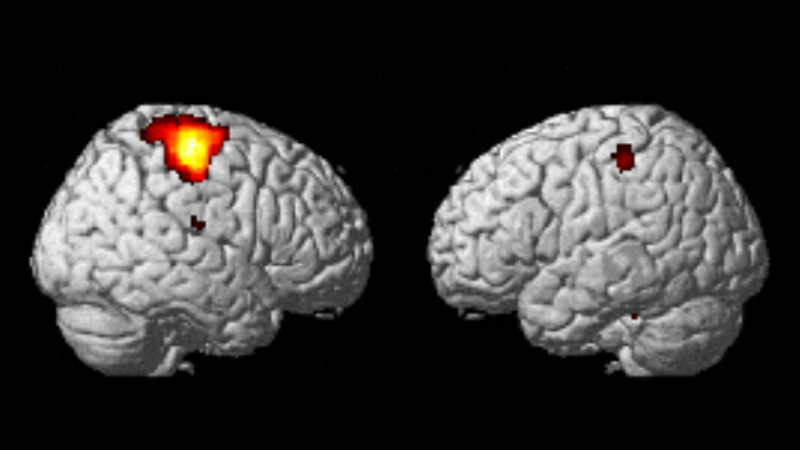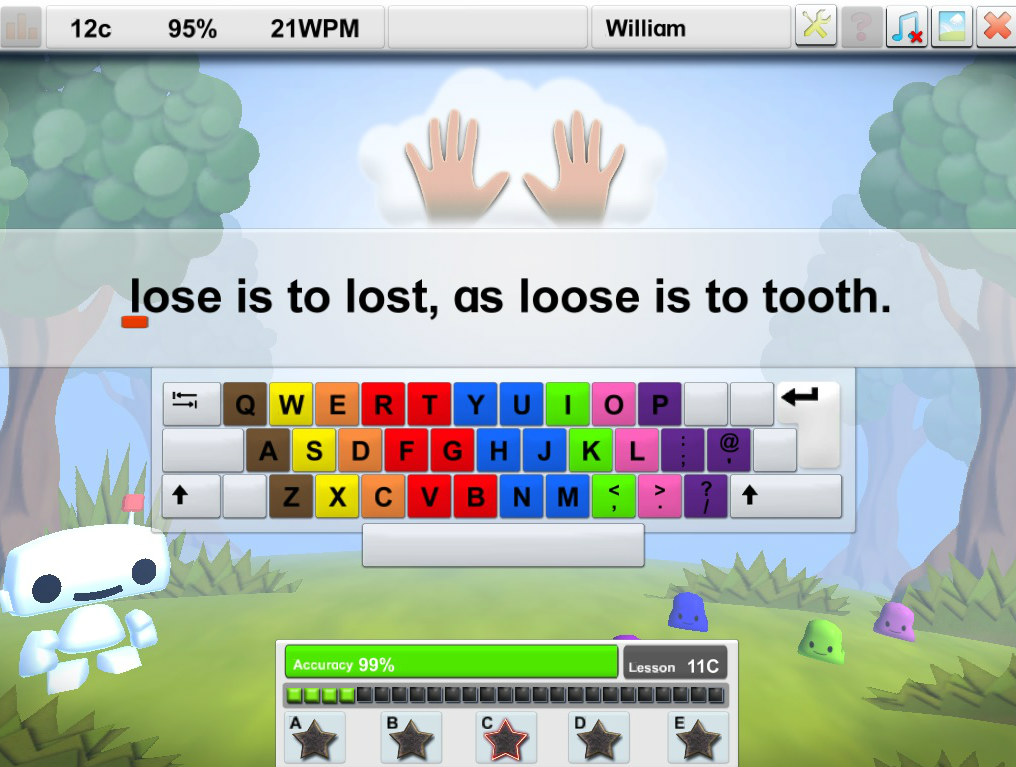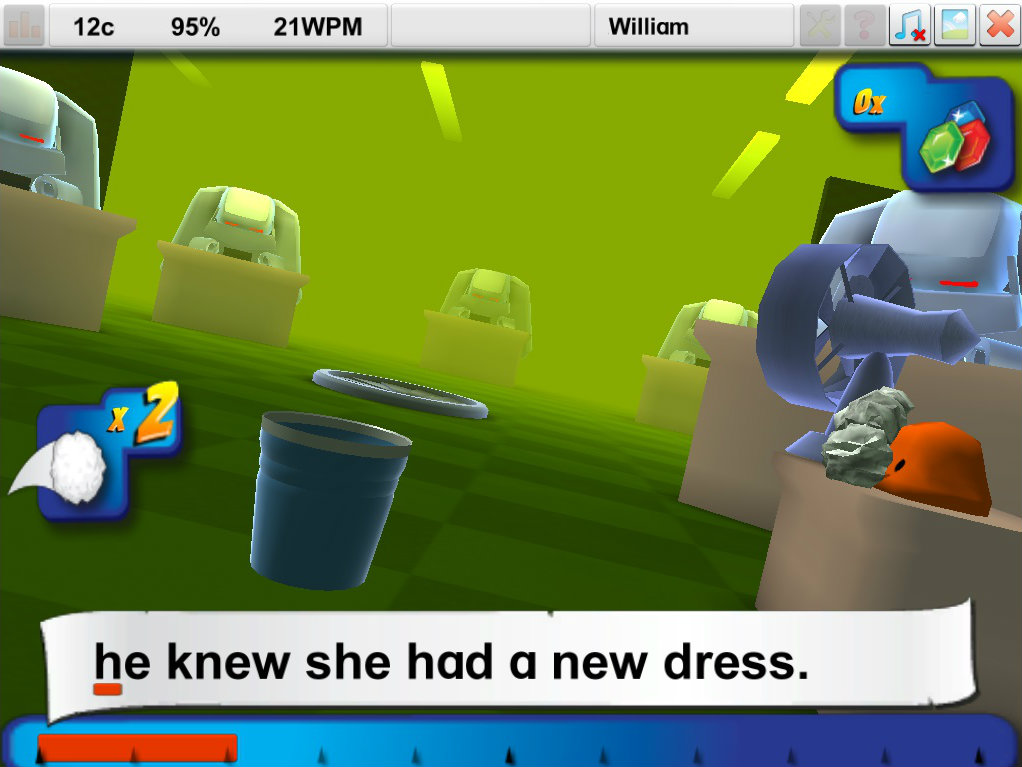Touch Typing for Dyslexia
How Can I Support My Dyslexic Child with Touch Typing?
For parents of dyslexic children, learning how to help can feel overwhelming. There are so many skills to work on – reading, writing, spelling, listening and understanding. The list can feel endless.
However, there is one simple step that can show quick, measurable results in just a few weeks. For children with dyslexia, touch typing can be life-changing. Dictation or voice recognition software are alternatives but they are often slow and difficult to master. This can be even harder for dyslexic children, who may struggle with short-term memory.
With regular practice, children with dyslexia can learn to touch type in just 4 to 12 weeks, either at home or at school. For more information, visit our Learning to Type page.
For more information, see our Learning to Type page.


Why is touch typing helpful for Dyslexia?
For many Dyslexic children, written work is a real challenge. However when writing is done on a computer using touch typing it activates a completely different process in the brain compared to writing with a pen. It has more in common with dancing, swimming, playing sports, or learning an instrument than with traditional classroom skills. Touch typing becomes a physical and automatic skill, something a Dyslexic child can learn and master.
It’s not about whether you can use your little finger to type P or Q. What matters is what’s happening in the brain. This is called muscle memory or automaticity (“auto-mat-i-city”). A good everyday example is learning to drive. At first, it’s a very conscious effort but over time it becomes automatic. The same thing happens with touch typing; it becomes second nature.
A Different Way to Learn Spelling
As well as helping with writing touch typing gives Dyslexic learners a completely different way to learn spelling. Instead of focusing on individual letters, spelling becomes a pattern of finger movements. Words are programmed into the muscle memory. You think of the word and your fingers type it. There’s no need to break it down letter by letter, it “just happens.”
Typing on a computer also allows for non-linear thinking. This means Dyslexic writers can quickly capture their ideas first and then organise their thoughts later. This can make the whole writing process much less stressful.
Touch typing can even improve physical coordination and in many cases, it actually helps with handwriting!


Typing vs writing contrast, MRI images Higashiyama et al, 2015, Japan, Cognitive NeuroScience PLOS


Why Choose Englishtype for Touch Typing?
To learn touch typing well, you need software that is clear, simple, and fun. The best programs use familiar words and lots of variety. They keep learners interested through practice and do not become boring or repetitive.
Englishtype is designed with these needs in mind:
-
Created by an educational psychologist with experience in dyslexia.
-
Matches the UK school system and improves reading as well as typing.
-
Colour coding makes learning faster and builds memory.
-
Letters are taught in easy finger patterns, step by step.
-
Multi-sensory design: see, hear, read, and type.
-
Choice of eight background colours for eye comfort.
-
Vocabulary chosen with three clear difficulty levels.
-
High-use words stored in memory to support spelling.
-
Extra spelling lessons available to grow vocabulary.
-
Fun activities that build typing speed and skill.
-
Teacher admin tools for school use.
-
More than 25 years of teaching success in homes and schools.
-
Built with award-winning game design for extra fun.




Englishtype and Dyslexia Success Stories
Englishtype at School
“We trialed just about every typing tutor we could find…. we were not impressed with what we found and we had almost given up the idea until we came across Englishtype Junior. We have a significant number of Dyslexic pupils and Englishtype Junior has been phenomenally supportive for these children who want to stick at it because they are using Englishtype. The software has improved their spelling, sentence writing and general confidence with a keyboard. As teachers we couldn’t be happier”.
Dallington School, London
Englishtype at Home
From Mum
“My two children were both diagnosed with Dyslexia and struggled since starting school. Last October, I was recommended to teach the children to touch type using the Englishtype system. The children took around 3 months to learn. Instructions were clear, the method of teaching easy to understand and the games were fun. The children had no problem following the program and were motivated to move up levels as their confidence and ability grew.
My daughter now types at 22 words a minute and my son at 27 words a minute. Both children touch type most of their homework which has liberated them. Lexy’s teacher told me her written homework is now of a different standard. She uses a much wider breadth of words, whereas before she was limiting herself to using simple words she felt confident to spell. Jackson’s confidence has grown beyond measure. He recently took a school entrance exam and scored 68% in his English – well above the overall average of 58%. I am sure this confidence has come about because he feels he now has a method of writing which is not hampered by his previously poor spelling.
I have seen first hand the difference leaning to touch type with the Englishtype has made to both of my children. The results have been astounding and I would recommend it to any child with learning difficulties.”
A Mum and children Lexy (9yrs) & Jackson (11yrs)
From her kids
“I learnt to touch type using Englishtype and now I do not have to worry coming home because now I can finish off my homework easily. It helps me with the quickness of my work and the spelling. The program is fun as the way it is planned out is not boring. The games encourage you and it is good that you can change your own levels. I am the only girl in my class who can touch type and my friends are jealous of me.”
Lexy aged 9yrs
From her kids
“My name is Jackson and I am 11 years old. I have learning difficulties and my mum has made me learn to touch type using the Englishtype program. I can now type at 24 words per minute. This program was very good because it went step by step and colour coded all the different letter with your fingers. It took in around 8 weeks to learn. Being able to type my homework has made it easier and quicker. I am the only person in my class who can touch type and I think it will help me to pass my exams.”
Jackson, aged 11yrs
More about touch typing and Dyslexia...
Touch typing helps many students write more and use better language. It makes it easier to try out different words and spellings, without messy crossing-out.
Studies show that when children type, there’s no big difference between Dyslexic and non-Dyslexic students. However, when writing by hand, Dyslexic students often find it harder. For more information, read Freed from the Pen by Louise Green, published in the TES.
The British Dyslexia Association says… “ICT is an effective communication tool for Dyslexic users… Efficient keyboard skills can be hugely beneficial in education, recording in exams … and at work. Correct fingering of keys and the using of both hands should be encouraged at the earliest opportunity. This will discourage the learner from developing the habit of typing with only one hand or slow key pecking with one finger. Such habits can be difficult to break.”
Research on touch typing and Dyslexia
The researchers worked with two groups of students. One with developmental learning disabilities (including dyslexia) and another of students without these challenges. Both groups received touch typing instruction. The study found that students with learning disabilities took longer to reach automatic typing but they were able to achieve similar speeds to their peers.
This is an important finding for students with writing difficulties. Many rely on computers to overcome handwriting challenges and touch typing can give them a more level playing field in their studies.




Explore more information on Special Needs
Dyslexia
Find out more
Dyspraxia
Find out more
Autism & Aspergers
Find out more
Visual Impairment
Find out more
